Disclosure: If you purchase a product or service with the links that we provide, we may receive a small commission. There is no additional charge to you!
Salmon with mashed potatoes is a classic dish that combines the rich flavors of seafood with the comforting texture of creamy potatoes. This recipe not only satisfies your taste buds but also provides a nutritious meal packed with essential nutrients. Here’s a detailed guide on how to prepare this delightful dish, along with its health benefits, storage tips, and step-by-step instructions.
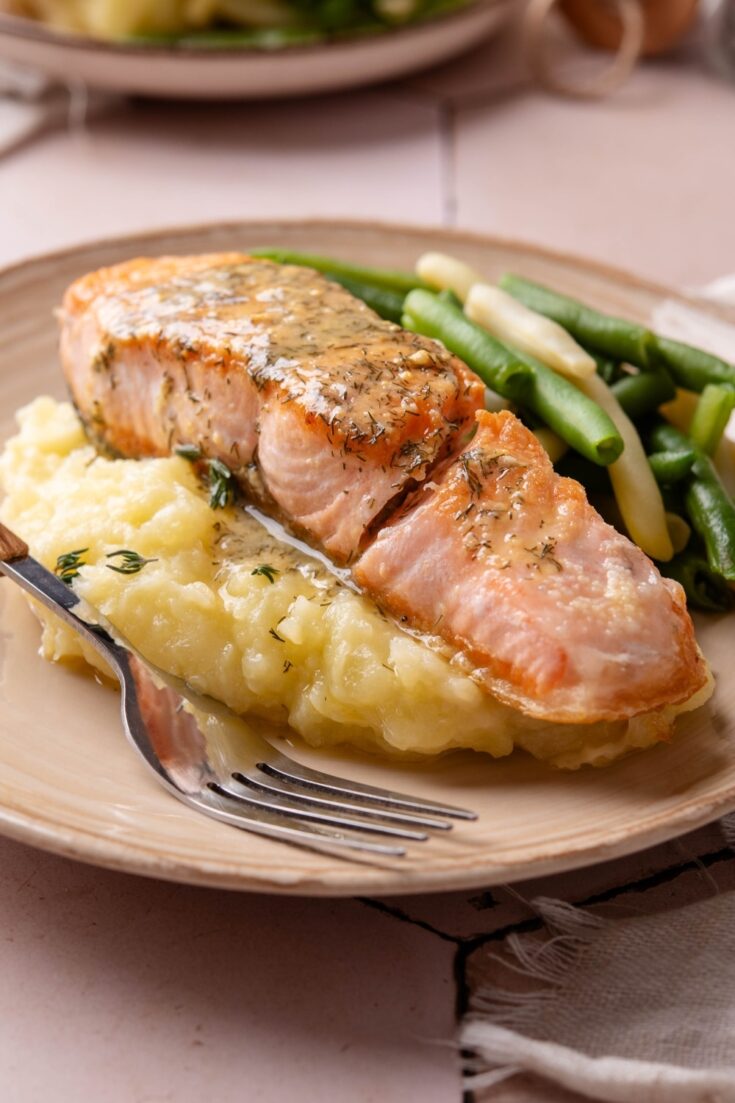
Recipe: Salmon with Mashed Potatoes
Ingredients:
- 2 salmon filets (6-8 ounces each)
- 4 large potatoes, peeled and cubed
- 1/2 cup milk
- 2 tablespoons butter
- Salt and pepper to taste
- 1 tablespoon olive oil
- 2 cloves garlic, minced
- 1 teaspoon lemon zest
- 1 tablespoon fresh lemon juice
- 1 tablespoon chopped fresh parsley (optional)
Instructions:
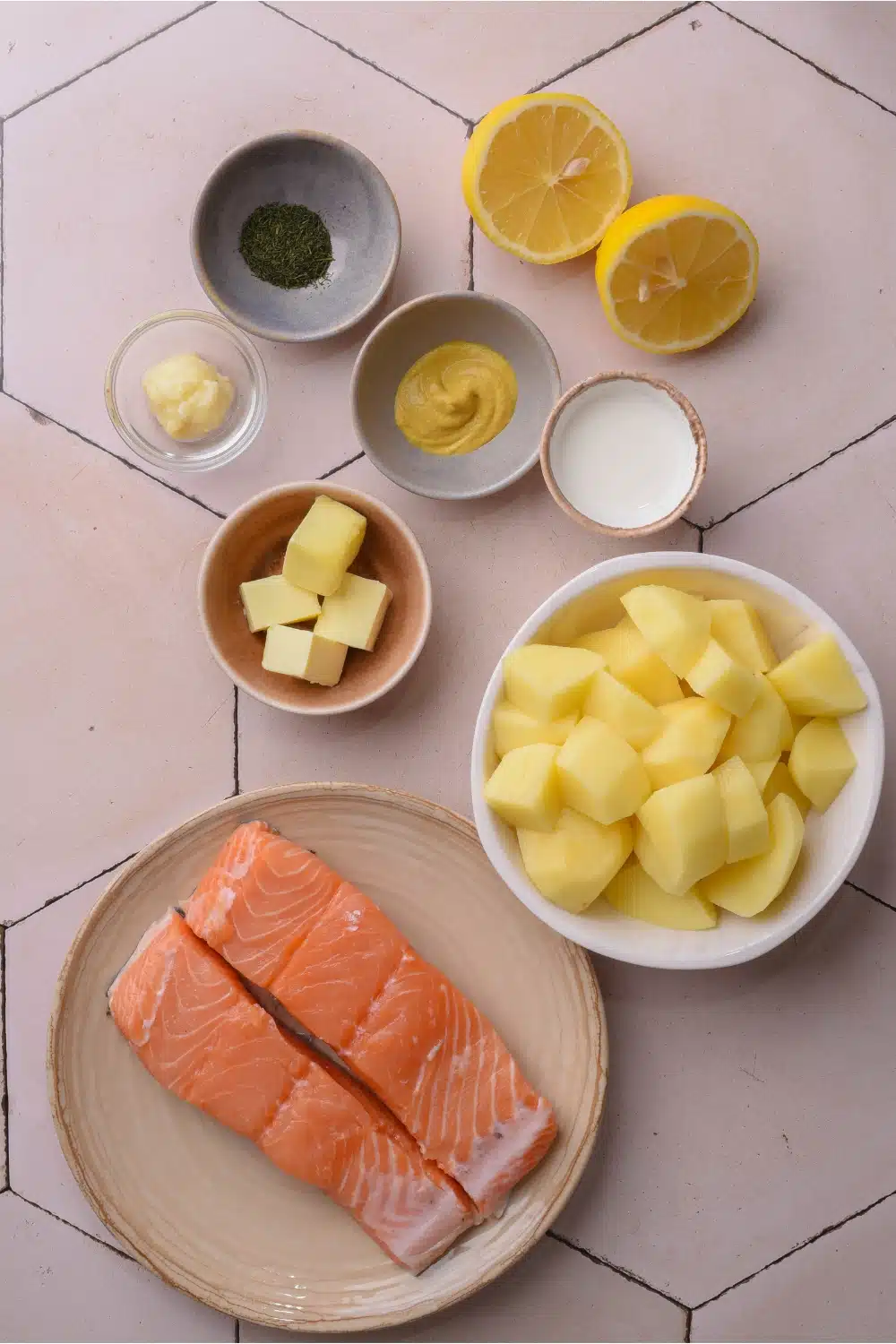
Prepare the Mashed Potatoes:
- In a large pot, cover the peeled and cubed potatoes with cold water. Add a generous pinch of salt
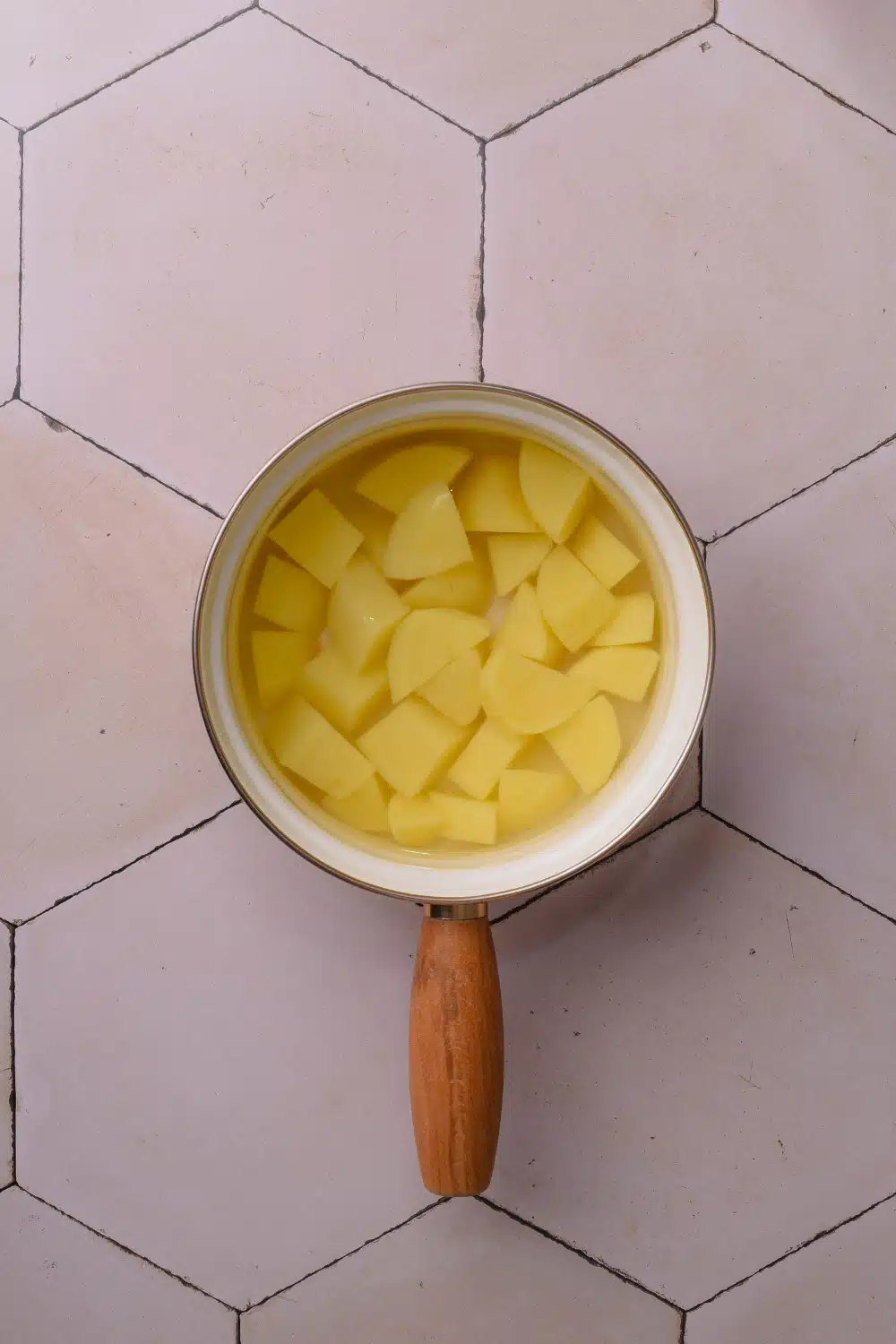
- After bringing the water to a boil, lower the heat, and simmer the potatoes for 15 to 20 minutes, or until they are fork-tender.
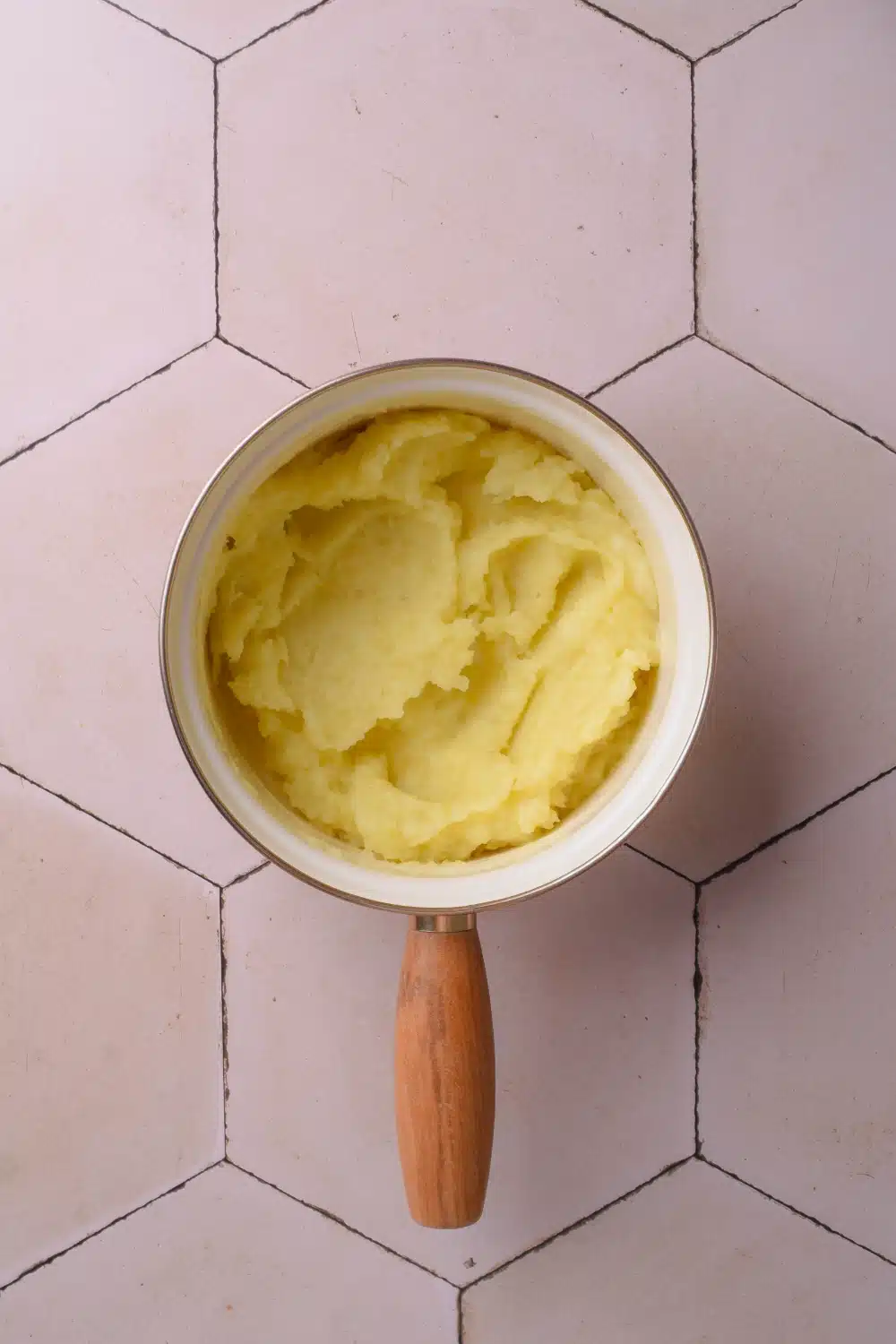
- After bringing the water to a boil, lower the heat, and simmer the potatoes for 15 to 20 minutes, or until they are fork-tender.
- After draining, put the potatoes back in the pot. Mash the butter and milk together until they are smooth and creamy.
Cook the Salmon:
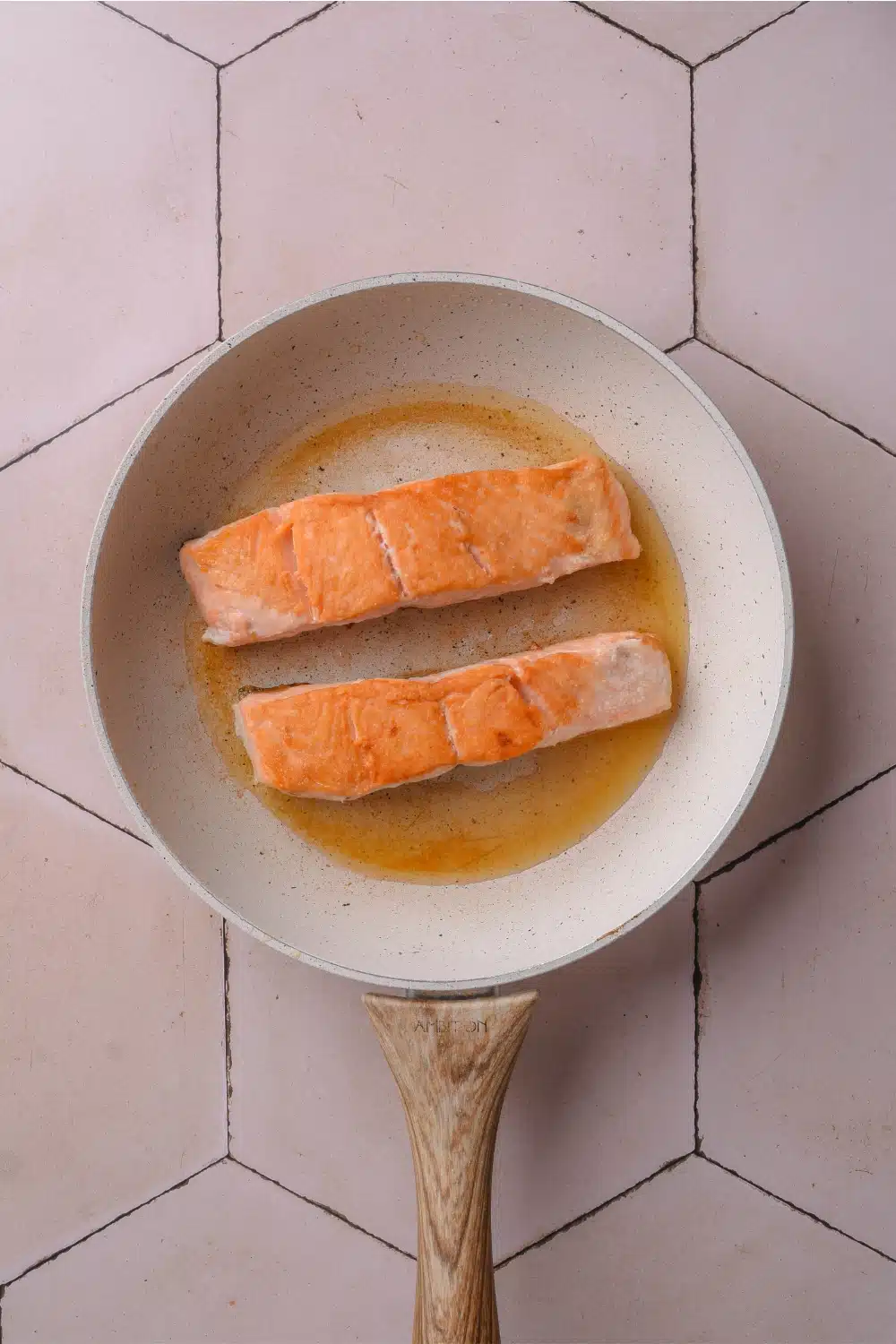
- Pat dry the salmon filets with paper towels and season both sides with salt and pepper.
- Heat the olive oil in a big skillet over medium-high heat. Add the minced garlic and sauté until fragrant, about 1 minute.
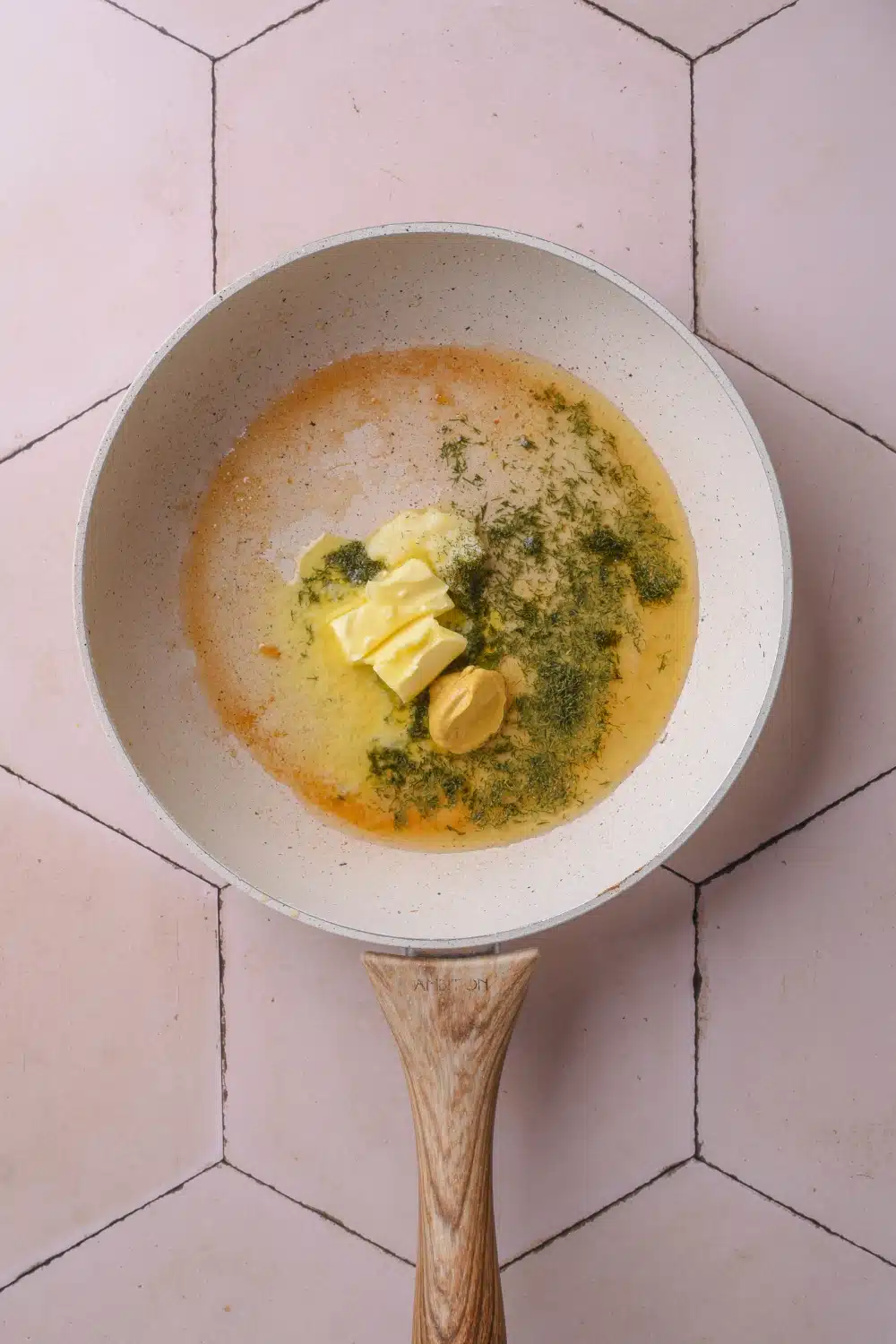
- Place the salmon filets in the skillet, skin-side down if they have skin. Cook for 4-5 minutes on each side, or until the salmon easily flakes with a fork and is cooked to your desired doneness.
- During the last minute of cooking, add lemon zest and lemon juice to the skillet. Spoon the mixture over the salmon filets.
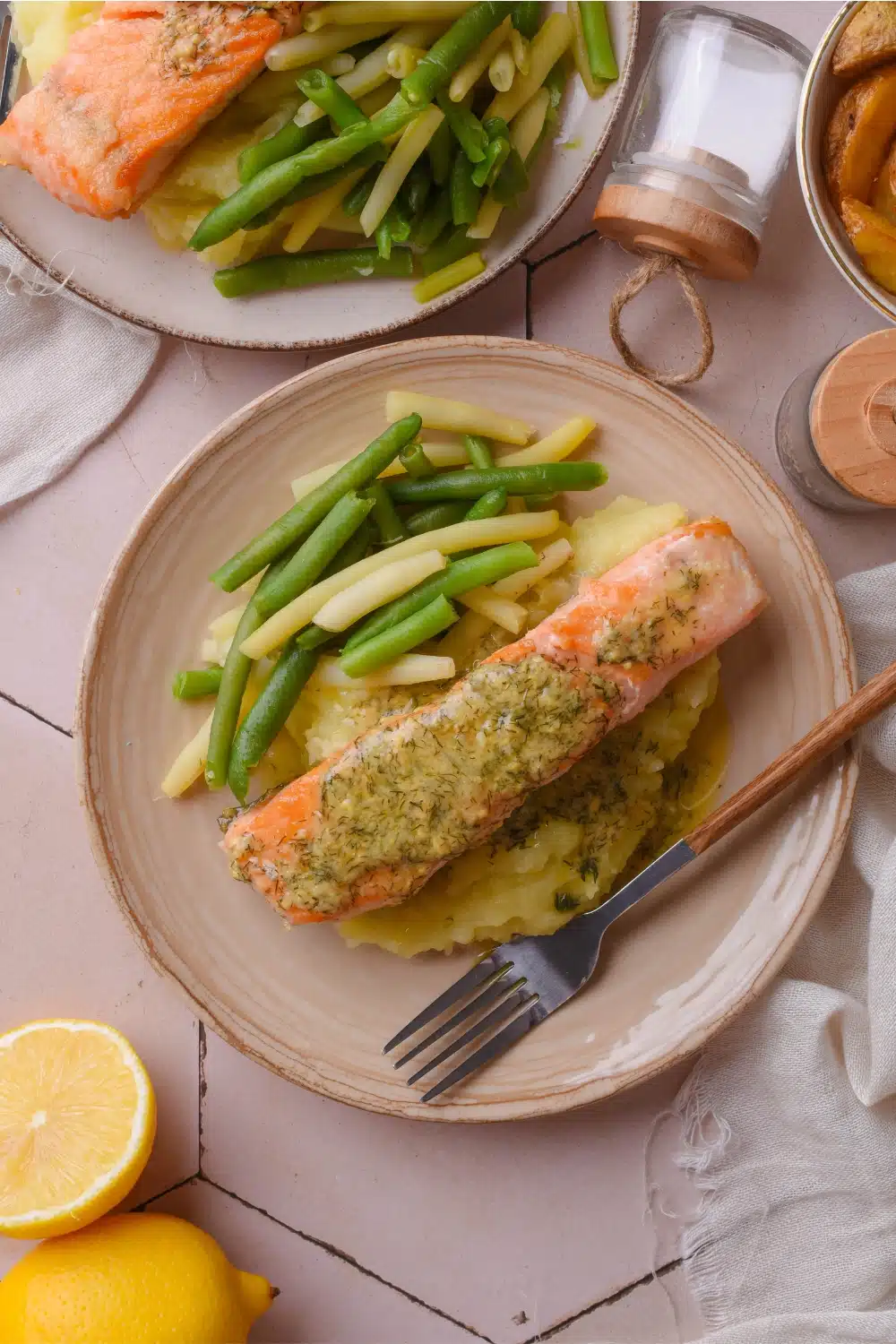 Variations and Serving Ideas
Variations and Serving Ideas
- Flavor Additions: Experiment with different herbs and spices to season your salmon and mashed potatoes. For instance, dill, thyme, or rosemary can add a refreshing herbal note to the dish.
- Side Dishes: Serve your salmon and mashed potatoes with a side of steamed vegetables such as green beans, asparagus, or broccoli for added nutrition and color.
- Sauces: Consider pairing your dish with a creamy dill sauce, lemon-butter sauce, or a tangy caper sauce to complement the flavors of the salmon and potatoes.
Storage Tips:
- Leftovers: Store any leftover salmon and mashed potatoes separately in airtight containers in the refrigerator for up to 2 days.
- Reheating: Reheat gently in the microwave or in a skillet over low heat until warmed through. Add a splash of milk to the mashed potatoes if they become dry.
.
Nutritional Benefits of Salmon and Mashed Potatoes
Salmon:
- Omega-3 Fatty Acids: Salmon is renowned for its high content of omega-3 fatty acids, particularly EPA (eicosapentaenoic acid) and DHA (docosahexaenoic acid). These essential fatty acids are crucial for heart health, reducing inflammation, and supporting brain function.
- Protein: Salmon is an excellent source of high-quality protein, which is essential for muscle repair and growth, as well as overall cellular function.
- Vitamins and Minerals: It provides significant amounts of vitamin D, which is vital for bone health and immune function, as well as important minerals like selenium and iodine.
Mashed Potatoes:
- Complex Carbohydrates: Potatoes in mashed form provide complex carbohydrates that offer sustained energy release, making them an ideal choice for a satisfying meal.
- Vitamin C: Potatoes contain vitamin C, an antioxidant that supports immune health and helps the body absorb iron from other foods.
- Potassium: A serving of mashed potatoes contributes to your daily potassium intake, which is crucial for maintaining healthy blood pressure and nerve function.
- Fiber: While mashed potatoes are generally lower in fiber compared to their whole counterparts, they still provide some dietary fiber, contributing to digestive health.
Tips for Cooking Perfect Salmon
- Choosing Salmon: Opt for fresh or frozen salmon filets that are firm to the touch, with a vibrant color and mild aroma. Wild-caught salmon often has a richer flavor compared to farm-raised varieties.
- Cooking Techniques: Besides pan-searing as mentioned earlier, you can also bake salmon in the oven, grill it, or even poach it for a softer texture.
- Internal Temperature: Salmon is cooked when it reaches an internal temperature of 145°F (63°C) measured in the thickest part of the filet. The flesh should be opaque and flake easily with a fork.
Cultural and Culinary Significance
- Global Appeal: Salmon with mashed potatoes is a popular dish in many cultures around the world, adapted to local flavors and ingredients. It showcases the versatility of salmon as a centerpiece protein.
- Comfort Food: The combination of tender salmon and creamy mashed potatoes evokes feelings of comfort and satisfaction, making it a favorite for family dinners and special occasions alike.

Conclusion:
Salmon with mashed potatoes is not just a meal but a culinary experience that balances flavors and textures beautifully. Whether you’re cooking for a special occasion or a cozy dinner at home, this recipe is sure to impress. With its health benefits and straightforward preparation, it’s a dish worth adding to your repertoire of go-to recipes. Enjoy the delicious combination of tender salmon and creamy mashed potatoes, and savor the satisfaction of a wholesome and hearty meal.








